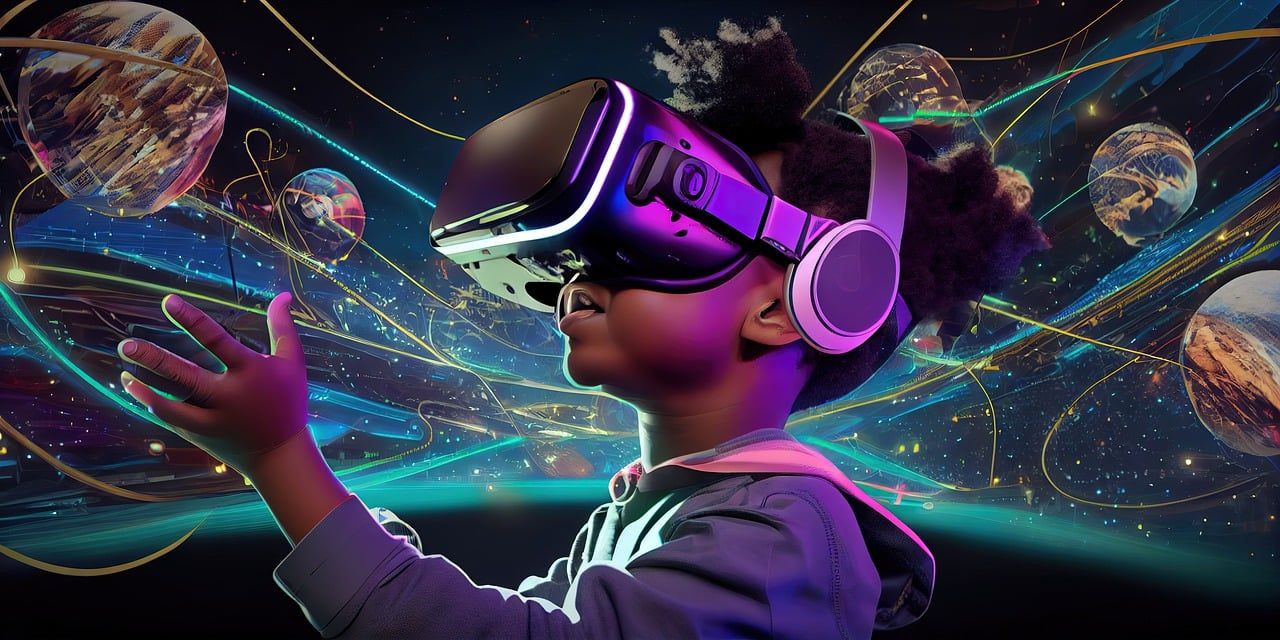- The AR/VR market revenue will reach $8.57bn by 2023.
- VR and AR technologies have applications in several industries.
- Major tech companies like Facebook, Google, and Microsoft are investing heavily in VR and AR development.
Over the past few years, the virtual reality (VR) and augmented reality (AR) market’s growth has been remarkable. According to BanklessTimes.com, the estimated user base for VR and AR in the US alone is projected to surpass 110 million people by 2023. This represents a significant increase from the estimated 93.3 million AR users in 2021.
The CEO of BanklessTimes, remarked on the matter:
BanklessTimes CEOThe continued growth of the virtual and augmented reality industry in the United States is inspiring. As the user base expands, firms across various industries can leverage these technologies. This will cement the industry’s position as a key driver of innovation in the technology sector.
Industry Breakdown
VR/AR incorporates various industries, however gaming and entertainment will drive more than 50% of the VR market. The VR gaming market was $7.92B in 2021 and is set to hit $53.44 billion in 2028.
As the user base increases, AR/VR market revenue will grow. There is an estimation that the industry will reach US$8.57bn by the end of 2023. AR has various segments, and AR software is the leading segment, with a market volume of US$3.61bn in 2023.
Growing Demand for VR and AR Applications
VR and AR technologies apply to many industries, including healthcare, education, and entertainment. They create immersive experiences that engage users and enhance learning.
Over the past few years, several VR and AR devices have been introduced to the market, including the Oculus Rift, HTC Vive, and Microsoft HoloLens. These devices are becoming more affordable and accessible, so more consumers are purchasing them. Also, the tech behind these devices is improving rapidly. There are better graphics, more realistic simulations, and improved tracking.
Implications for Businesses
The projected growth of the VR/AR user base has significant implications for various industries. For example, retailers can use AR to create virtual showrooms that allow users to view products in a realistic setting. Healthcare providers can use VR for pain management and therapy and simulate surgeries for training.
Additionally, businesses can use VR/AR for remote collaboration and training. This will allow employees to work together from anywhere in the world.
Companies like Facebook, Google, and Microsoft invest heavily in VR and AR, both in hardware and software development. They are actively researching and developing new technologies to make the experience more interactive and engaging. As the technology advances, businesses can use it for various applications, such as creating immersive experiences, providing remote collaboration and training, and enhancing learning.












